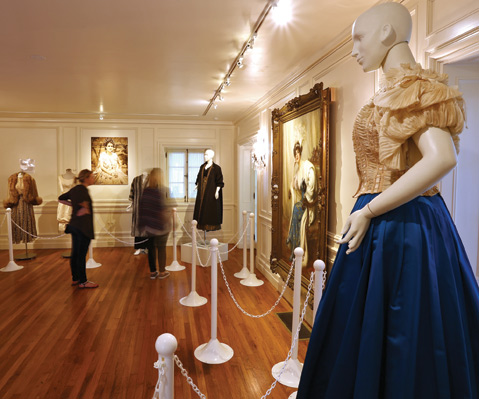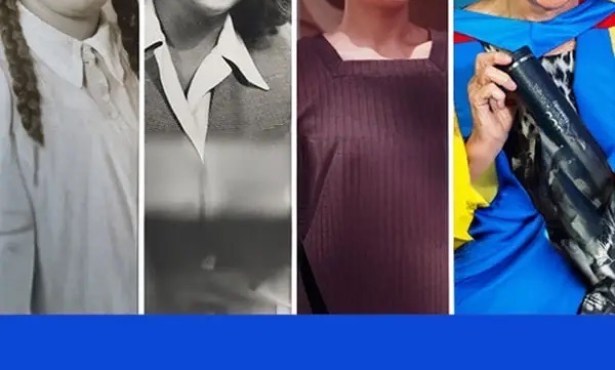Ganna Walska and Tony Duquette
Lotusland’s Cultural Context Revealed

The title of the current exhibition at Lotusland amplifies a declaration that Madame Ganna Walska once made about herself. “I am the enemy of the average,” she said, thus aligning her taste with that of several other extraordinary international figures of her era, including the decorator and socialite Elsie de Wolfe, Dodie Rosekrans, and the genius interior decorator, set designer, and jeweler Tony Duquette. On Saturday, March 8, Lotusland presented a slide lecture by Hutton Wilkinson to accompany the exhibit, and Wilkinson, Duquette’s former business partner and an important decorator and designer in his own right, captivated the crowd at this sold-out event with sly humor, encyclopedic knowledge, and an awesome collection of images. As a sought-after decorator with an elite clientele, Wilkinson claims that he has “never had to do more than one house a year,” which is wonderful because it leaves him time to decorate his own home (which has been featured admiringly in Vanity Fair), give these charming talks, and write multiple books about his great friend and mentor, Tony Duquette.
Through his lecture, which was often hilarious, Wilkinson illuminated the fascinating and inexplicably neglected subculture of fantasy and glamour that swirled around some of the world’s richest women beginning in the early 20th century and lasting into the 21st. Several members of the audience, clearly hip to the scene, arrived decked out in Duquette jewelry and were singled out for recognition by the speaker.
The Duquette style mixes high and low recklessly, pairing priceless antiques with such detritus as repurposed cafeteria trays in pursuit of dazzling effects. Wilkinson characterized the sensibility that he shares with Duquette in terms of color by saying, “Coral to me is like white. It’s almost a neutral.” These Los Angeles artists came of age in the era of the surrealists. Once when Duquette’s wife, Elizabeth “Beegle” Johnstone, entered a Hollywood party with a variegated ivy leaf in her hair as a decoration, it so impressed Man Ray that he ran to get his camera and took her photo. Like the surrealists, their emphasis was on bringing something fantastic to life, or, as Wilkinson put it in describing Duquette’s film work, to portray “dreams caught in the net of reality.”
Most interesting for those who dote on Lotusland were the suggestions Wilkinson made about how Duquette’s work may have influenced Ganna Walska, and there were several. First of all, Duquette created several fantastic private environments for himself, two of which — his 150-acre fantasy ranch in Malibu and his San Francisco temple for St. Francis — were subsequently destroyed by fire. Along with Dawnridge, the legendary Beverly Hills home that Duquette transformed into a tour de force of design gone wild, these three estates make up some of the most useful analogues available to those seeking to understand the context in which Madame Walska created her masterpiece in Montecito. In addition, Duquette was sometimes referred to as “Tony Abalone” for his profligate use of the shell, a gesture one sees repeated in Lotusland’s aloe garden, which is anchored by a white-bottomed abalone-shell pool. Wilkinson also emphasized Duquette’s passion for creativity and his undying enthusiasm for encouraging it in others, such as his dear friend Ganna Walska. “Beauty, not luxury,” Duquette was known to exclaim when people expressed shock that he would combine high-priced items with recycled refuse, and upon consideration, this credo is not at all a bad way to begin thinking about the stimulating strangeness of Ganna Walska’s creations, as well. This visionary company of style existed in a heroic era for fantasy, and Lotusland remains the greatest monument to their collective achievement.



